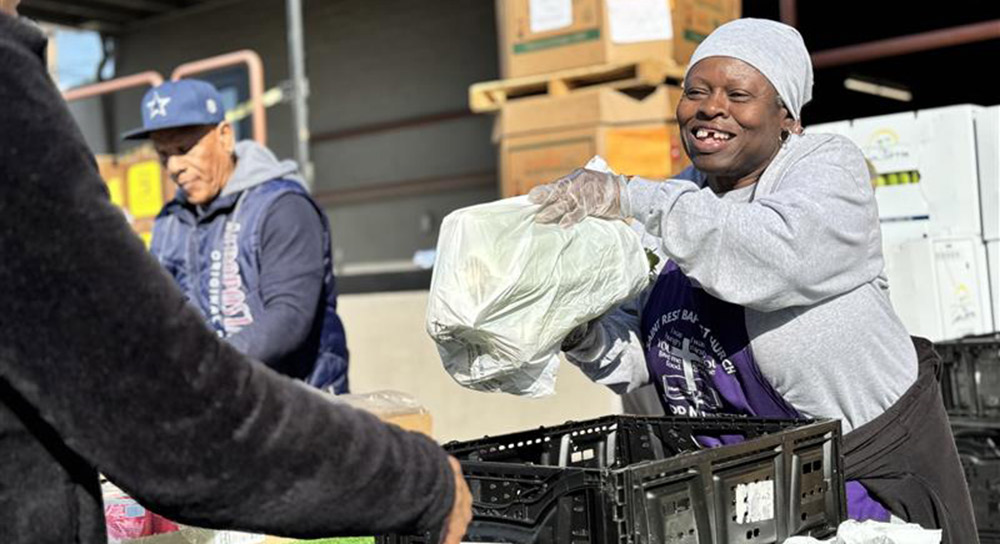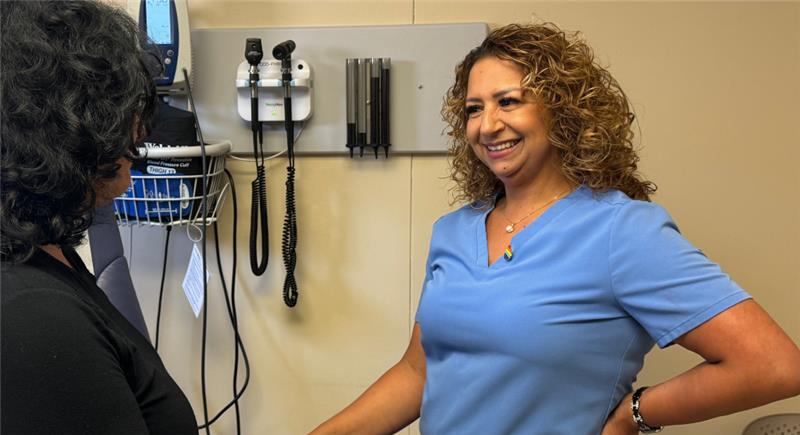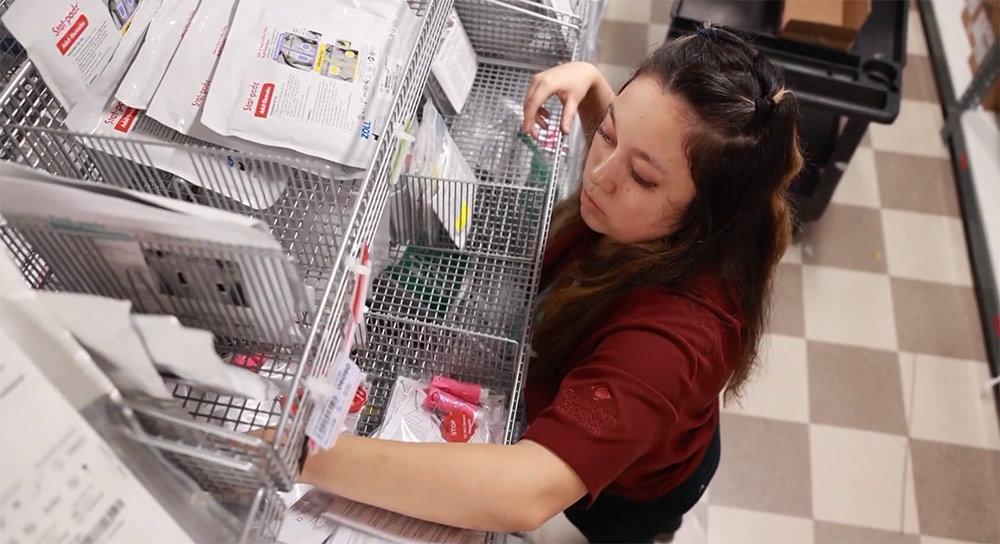Hips swish and arms wave overhead to syncopated salsa rhythms as part of efforts to curb rising rates of diabetes and lost limbs — especially among Fresno County’s poor.
Residents with little access to a gym have turned a southwest Fresno school cafeteria into their local fitness center thanks to Every Neighborhood Partnership (ENP) and Community Medical Centers. The two organizations teamed up to offer Neighborhood Latin Dance — a fun, free way to get more exercise, using Latin dance to help address a local health crisis.
Sara Canales is one of the women who’s using dance to change her community’s lifestyle for the better.
“I'm grateful for this program because they not only teach me to be a healthy person, but how to become a teacher and a coach, and care about others,” says Canales.
High rates of obesity puts residents at risk for diabetes, lost limbs and more
More than 500 Fresno County residents lost a limb due to diabetes in 2016, the same year Fresno County had the second highest rate of diabetes-related amputations in California. Amputations countywide had increased 33% since 2010. And nearly half of Fresno County adults are considered pre-diabetic or have undiagnosed diabetes, according to a 2016 UCLA Health Policy Research study.
Those high rates of diabetes are tied to high rates of obesity, which also puts people at risk for heart disease and cancer. More than 31% of adults in Fresno County are considered obese (having a body mass index or BMI higher than 30). By comparison, statewide 23% of adults are considered obese.
Combating obesity and active living have been identified as among the region’s top five health needs in the most recent Community Health Needs Assessment done every three years by hospitals in Fresno, Kings, Tulare and Madera counties as part of a federal mandate. The health needs assessment requires hospitals to come up with plans to address their region’s top health challenges. And California further requires non-profit hospitals to use funds left after their operating expenses to do work that benefits their communities and addresses health needs.
As part of Community’s community benefit programs, nearly 40 moms and dads in southwest Fresno learned Latin dance routines and now lead their neighbors in fun fitness choreography.
Access is key to fitness in underserved neighborhoods
“It is important to have these spaces, because for many, that is one of the main challenges they face to being active,” said Alma Ulloa, a Neighborhood Latin Dance instructor. “We want our community to have places available so people can be active and also help build community connections.”
Neighborhood Latin Dance came to life after several meetings where moms, dads, community organizations and health leaders met to discuss the lack of safe and accessible places for physical activities in southwest Fresno.
With Community’s financial support, ENP opened spaces in schools, community centers and apartment complexes where neighborhood instructors lead dance classes. Each class has an average of 14 participants including moms, dads, grandmothers and children.
Find a Latin dance fitness site near you
Since the program’s launch in July 2018, close to 40 neighborhood leaders have been trained. Currently, classes are being held five days a week in various locations.






